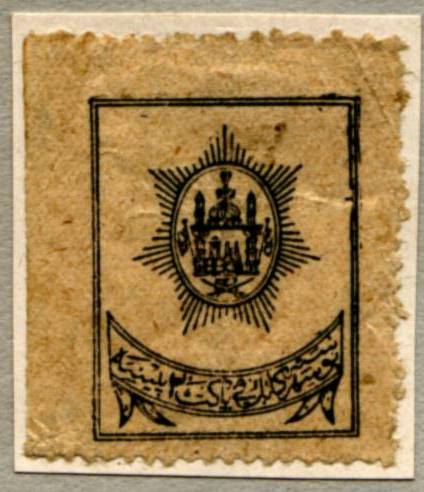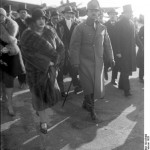There was once a narrow-gauge railway in the Consolidated Cotton Company factory at Kunduz in northern Afghanistan.
I can’t find any information about Consolidated Cotton online, but according to USAID: In the 1960s, Kunduz was the home of the Spinzar Cotton Company, which helped to make it one of the wealthiest provinces in Afghanistan. Although the factory is no longer in operation, Kunduz maintains steadily improving infrastructure, with a plentiful water supply and high level of literacy.
Spinzar which means white gold when translated into English, was formed in 1936 by a group of traders
. It was sold to the state-owned Miley Bank of Afghanistan in 1944, ultimately passing to the controlled of the Ministry of Light Industry and Foodstuffs. Spinzar would appear to still exist, and it seems possible that it might be the same thing as, or a successor to, Consolidated Cotton.
The Consolidated Cotton Company of Kunduz, 63 per cent of whose stock was acquired by the Ministry of Finance in 1955, is gradually adjusting to provide a larger ginned cotton base for Afghanistan’s textile industry and for exports. In 1957, it replaced the old gins at Kunduz with eight new British models each having a capacity of 1500 pounds per hour and capable of extracting up to 37 per cent by weight of lint from long-staple cotton. It has also replaced or increased the number of gins in the outlying towns and plans to add several new ginning centers to its operations. But the most spectacular improvements are those being carried out in Kunduz itself, a rapidly growing city with a present population of perhaps 30,000, where the Company has employed Unimac of Austria to build new warehouse and operating facilities including equipment for making cooking oil, margarine and soap from cottonseed oil. The old operations of the plant have largely been modernized with the installation of air-suction and blower systems to carry the raw cotton from the storage sheds directly to the ginning plant and to feed the ginned cotton automatically to the cleaners and the hydraulic baling press. A narrow gauge railway then transports the bales to either of two warehouses with an 8000-bale capacity each.
Data on plant and operations from interviews with Messrs. Fox and Meyer, Austrian and German engineers, at the Cotton Company plant in Kunduz, September 25-26, 1957.
Source: The Kabul, Kunduz, and Helmand Valleys and the national economy of Afghanistan
References

